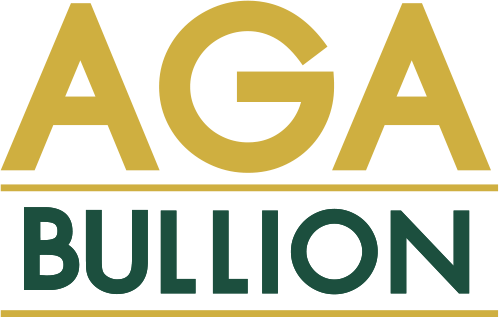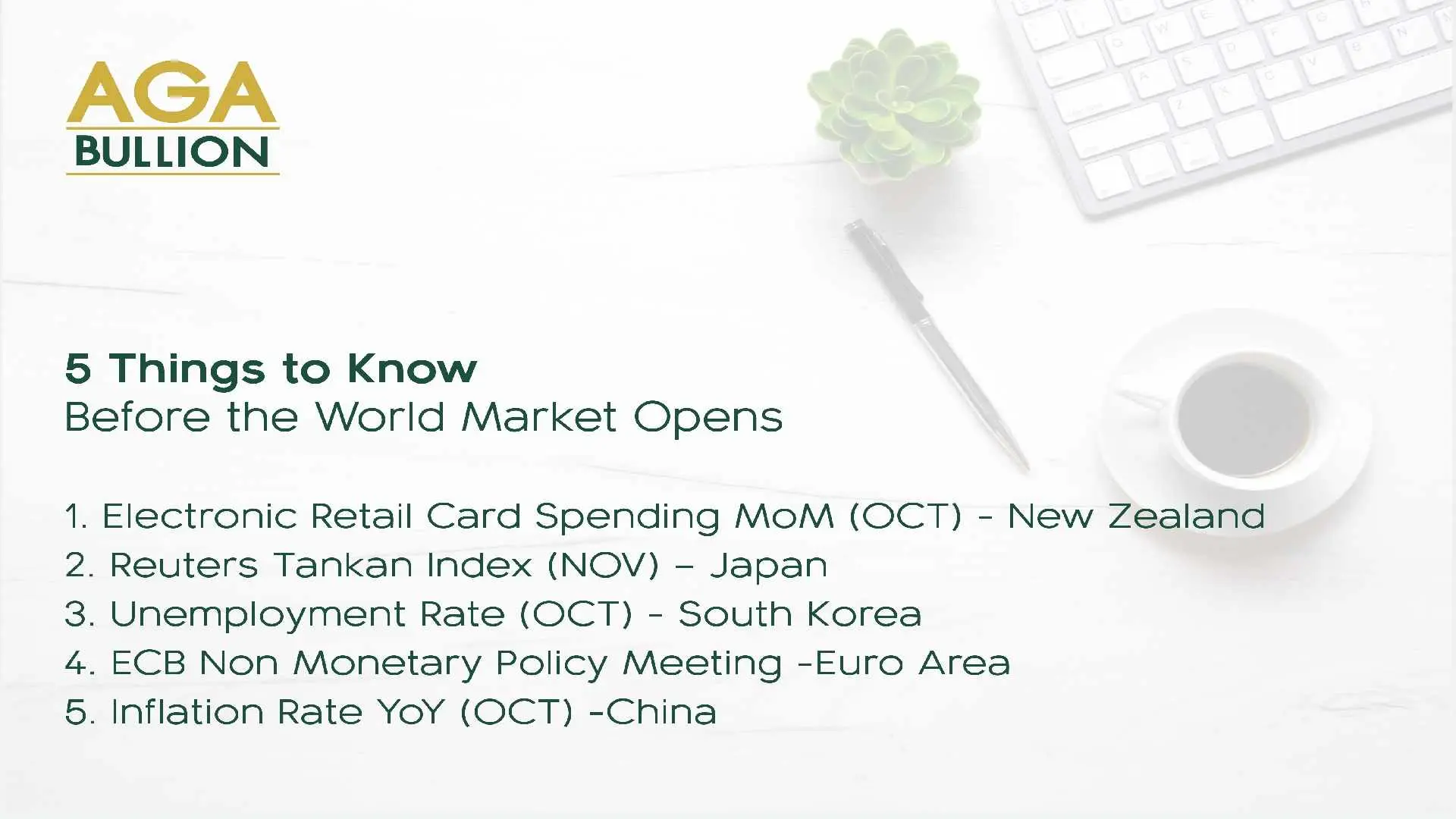1) Electronic Retail Card Spending MoM (OCT) - New Zealand
In New Zealand, Electronic Retail Card Spending measures the credit card spending by individuals on consumables, durables, hospitality, apparel industry, motor vehicles and fuel. The electronic card transactions series covers all debit, credit, and charge card transactions with New Zealand-based merchants. It can be used to indicate changes in consumer spending and economic activity.
2) Reuters Tankan Index (NOV) - Japan
The Reuters Tankan is a monthly survey of leading Japanese companies, and it was formally known as Telerate Tankan until it was renamed after the acquisition of Quick Money line Telerate Corp. by Thomson Reuters Group. It covers a panel of 200 manufacturers and 200 non-manufacturers. The monthly figures are designed to provide early indications of the BOJs quarterly tankan. The indexes are derived by subtracting the percentage of respondents who say business conditions are poor from the percentage of those who say they are good.
3) Unemployment Rate (OCT) - South Korea
In South Korea, the seasonally adjusted unemployment rate measures the number of people actively looking for a job as a percentage of the labour force.
4) ECB Non Monetary Policy Meeting -Euro Area
In the Euro Area, benchmark interest rate is set by the Governing Council of the European Central Bank. The primary objective of the ECB’s monetary policy is to maintain price stability which is to keep inflation below, but close to 2 percent over the medium term. In times of prolonged low inflation and low interest rates, ECB may also adopt non-standard monetary policy measures, such as asset purchase programmes. The official interest rate is the Main refinancing operations rate.
5) Inflation Rate YoY (OCT) -China
In China, the most important components of the CPI basket are Food (31.8 percent of total weight) and Residence (17.2 percent). Recreation, Education and Culture Articles account for 13.8 percent; Transportation and Communication for 10 percent, Healthcare and Personal Articles for 9.6 percent, Clothing for 8.5 percent; Households Facilities, Articles and Services for 5.6 percent; Tobacco, Liquor and Articles for the remaining 3.5 percent. The CPI basket is reviewed every five years on the basis of household surveys. Revisions reflect new spending patterns and economic development, according to the National Bureau of Statistics. Last revision took place in 2011.







